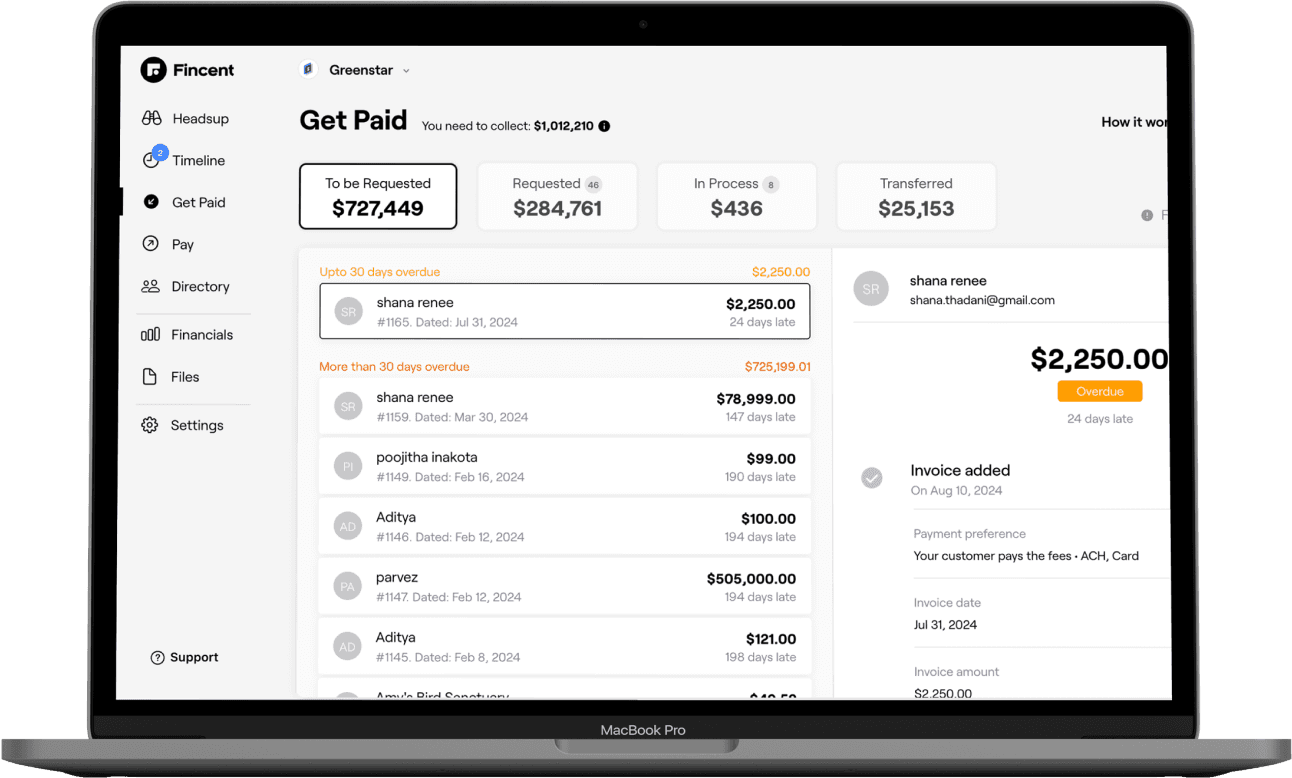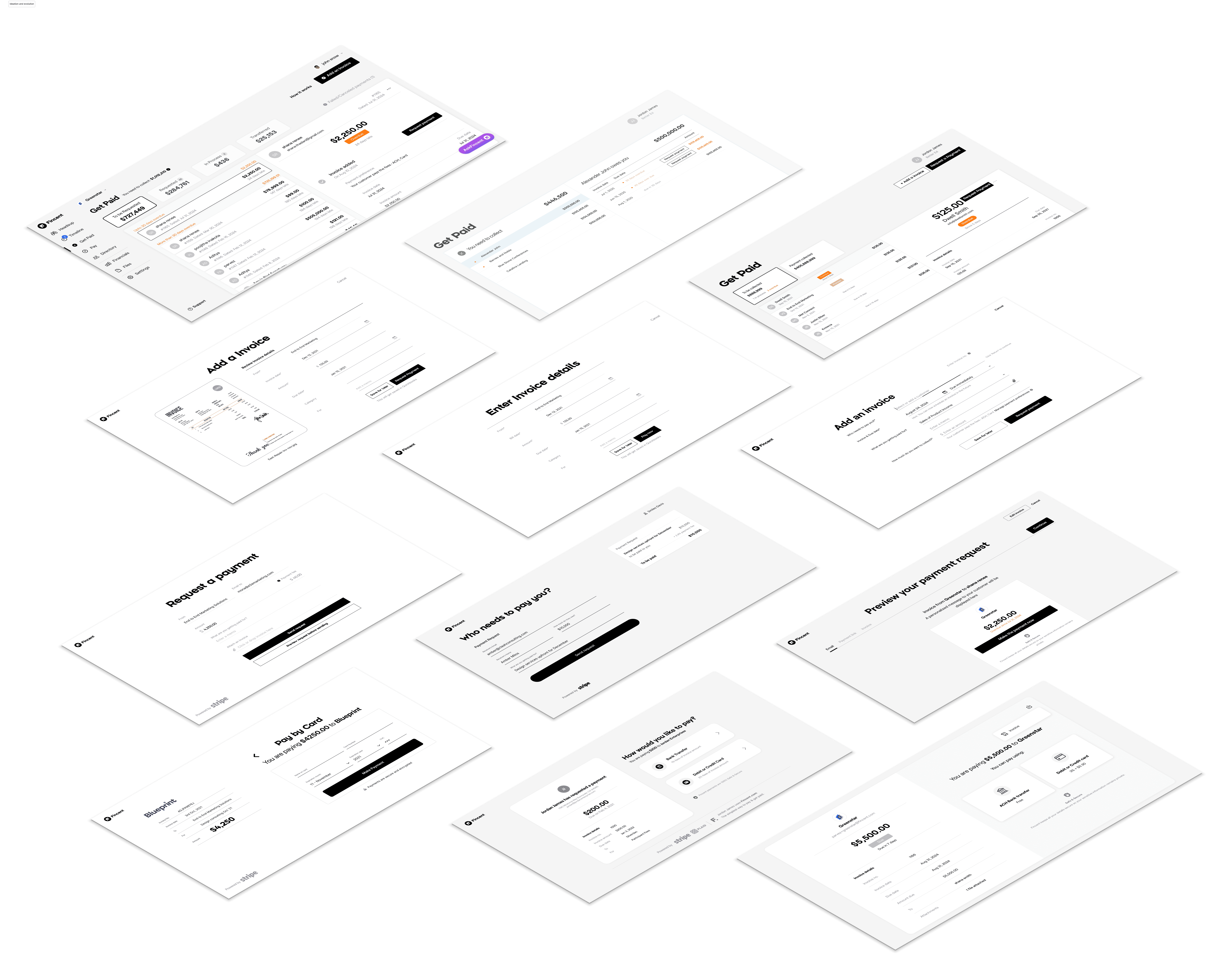Local Vocal – Redefining group outing planning
First prize winner of Cleartrip’s first Thinkathon Competition (2016)
Increase in Invoice creation
Improvement in payment collection
Enhanced user satisfaction
Lower rate of overdue/unpaid invoices
Description
Local Vocal was a chat-based platform designed to simplify group planning for outings, leveraging Cleartrip’s Locals product. Our team of diverse backgrounds (product design, public relations, and finance) created this idea during a time-limited hackathon, proposing an intuitive solution that integrates group discussions and booking activities. This proposal won first place at Cleartrip's Thinkathon, competing with ideas from senior product managers, engineers, marketing, and sales teams.
Situation
Cleartrip’s Locals product, a listing service for local events and activities, had potential for growth, but the challenge was to find a way to enhance user engagement and increase sales. The Thinkathon competition was held to generate new ideas to elevate the Locals product to the next level. As a team made up of a product designer, PR expert, and finance professionals, we set out to create a concept that combined social planning with seamless booking.
Task
The goal was to create a concept that would:
Increase engagement in Cleartrip’s Locals product
Boost app downloads
Improve the user journey of planning group outings, which was often fragmented and disorganized
We proposed to integrate social interactions, group decision-making, and Cleartrip’s booking flow into a single, intuitive platform.
Action
The solution
We designed Local Vocal, a chat-based platform where users could:
Start a Discussion:
Create a group conversation to plan an outing.Invite Participants:
Include friends, family, or colleagues, even those not already using Cleartrip (prompting them to download the app to participate).Share and Recommend Activities:
Browse and suggest local events or activities directly from the Cleartrip platform.Vote on Activities:
Simplify decision-making by allowing users to vote for their preferred activity within the chat.Book as a Group:
Once an activity is selected, proceed to book directly from the platform.
Features
Group Dynamics: Voting feature helped streamline group decisions, reducing planning friction.
Seamless Integration:
Activity suggestions and booking are built into the chat, eliminating the need to switch between apps.Increased Reach
Inviting non-Cleartrip users to discussions incentivized app downloads and sign-ups.
Research
User Groups
Cleartrip employee
Young professionals
College students, and
Families & friends
Pain points
Group planning via WhatsApp or Skype was chaotic,
Decisions were often made by a few, and
Satisfaction was low due to lack of participation and varied preferences.
Opportunity
The success rate of group outings could be improved by simplifying the planning process and ensuring/encouraging equal input from all participants.
Result
The concept of Local Vocal resonated with both the judges and potential users.
Key outcomes included:
Winner of Thinkathon 2016: Our idea won first place among many proposals from various teams across product, engineering, marketing, and customer service.
Business Impact: The proposal highlighted new revenue streams through group bookings and user acquisition by encouraging app downloads.
User Engagement: Real-time group discussions and feedback loops offered Cleartrip valuable data on user preferences, providing insights into what users liked or disliked about various activities.
Conclusion
In the end, Local Vocal wasn't just an idea—it was a carefully crafted solution to a common problem, built with both business growth and user satisfaction in mind. The cross-functional nature of our team, combined with our understanding of user pain points and focus on seamless integration, set our proposal apart and won first place among a pool of highly competitive ideas.
Takeways
Innovative Product Thinking Led to a Business-Winning Idea
Local Vocal exemplified how product thinking, when paired with intuitive design and cross-functional collaboration, can solve real business problems.This project underscored the value of: Understanding and Solving User Pain Points: We addressed the fragmented nature of group planning, transforming a social experience into a booking experience.
Leveraging Social Features for Growth: Integrating Cleartrip’s products into a group chat not only simplified planning but also encouraged app downloads and engagement.
Innovation Under Pressure: In just 2 weeks, we developed a prototype and business case that stood out among dozens of competing teams. Our ability to rapidly iterate and problem-solve in a time-constrained environment showcased the strength of our product thinking.
User testing and feedback
Here are some of the feedback we got after testing the initial designs with internal stake holders:
Include invoice number
Allow users to add attach documents such as form WC, contracts that are required to be paid
Allow users to send payment requests to multiple users
Allow users to add personal note
Mark a copy of payment request to themselves
Provide invoice preview
Design mock up
Invoices are grouped based on the statuses (To be requested, requested...) along with the amounts,
This gives users a quick snapshot of their financial situation without having to dig into details, making it easy for users to quickly take actions
Invoices that are to be requested are further grouped based on the due date, helping the user to know which one requires attention
Statuses are beautifully differentiated using colors (red, orange, grey and green) making it easy for users to remember
The activity (invoice details, who paid and when, when to expect payment, payment transferred) helps the user track the status of invoice payment requests.
Create & send invoice payment request
The form includes only the fields that are necessary to request payment, reducing cognitive load and making the process quicker for users.
The option to attach an existing invoice or have Fincent generate one automatically adds flexibility.
The ability to select or add a customer within the form ensures that users can manage their client interactions seamlessly.
Allowing users to change payment methods and decide who pays the processing fee directly within the invoice creation process is a user-centered approach.
The "Save for later" option acknowledges that users might not always have all the information or the time to complete the process in one go.
The ability to schedule payment requests for future dates is another thoughtful feature, recognizing the varying timelines that businesses work with.
Customer experience: Paying invoices easily
The design adopts a mobile first, clean and minimalist approach, focusing the user's attention on the essential elements. This simplicity helps to reduce cognitive load and makes the process of paying an invoice straightforward and intuitive.
Before making a payment, the user is shown a detailed preview, including the amount, payment methods, and any attached documents. This transparency ensures the user knows exactly what they are paying for, building trust in the process.
The final screen, which changes to indicate that the invoice has been paid, provides a clear and satisfying confirmation of the transaction's completion.
Desktop Experience
Challenges
Invoices are synced with Quickbooks. Some of the challenges and cases we had to consider were:
Handle partial payments made via quickbooks
Invoices that are sent for payment request gets updated or deleted in Quickbooks.
Architecture or database should support multiple line items, taxes and discounts in future
Any settings or preferences at an invoice level should be supported at business level
Payment failure and cancellation
Quickbooks should be connected and Payout account from stripe should be enabled to receive payments
Customer feedback, behaviour and insights
It was observed that users were creating invoices in advance and coming back to the system to request payment on due date, resulted in building a feature that allowed users to schedule payment request.
There was a demand for customization options, such as including a company logo on invoices.
Users needed a control over who pays the processing fees, either the sender or the recipient.
Some users used the system to only send requests and preferred settling of invoices outside Fincent, resulting in unpaid invoices staying in Fincent
No. of invoices created & requested between February to May is higher as compared to other months
Learning & Reflection
Gained deep insights into invoices creation and payment collection standards and norms in the USA
Learnt how invoices are created and stored in Quickbooks
Learnt how stripe can be used to receive payment
Conclusion
Increase in invoice creation: The number of invoices created grew steadily, because of the simplicity.
Improvement in payment collection: The rate of on-time payments improved dramatically, leading to better cash flow for businesses.
Enhanced user satisfaction: Users reported increased satisfaction with the invoicing process, highlighting its simplicity and efficiency.
Lower rate of overdue/unpaid invoices




